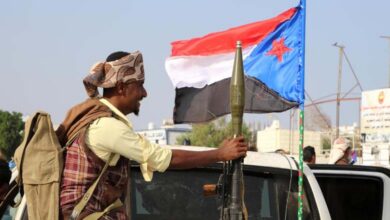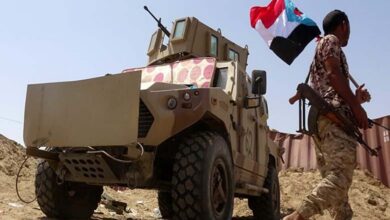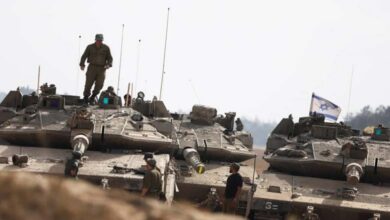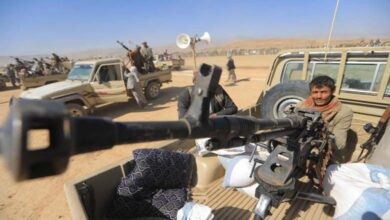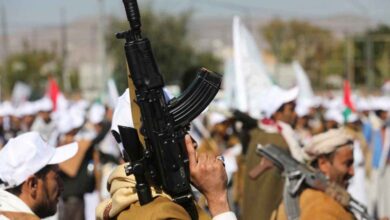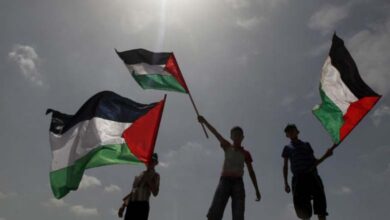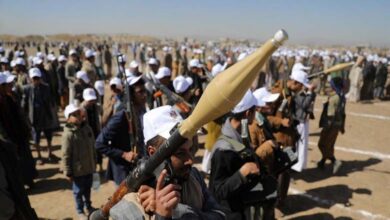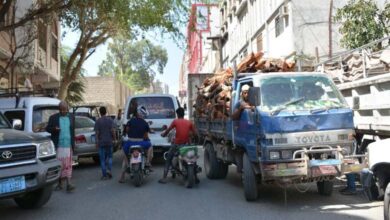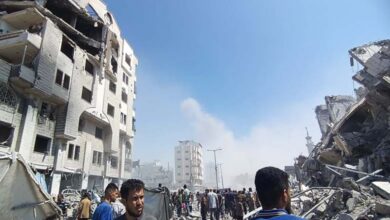The Silent Catastrophe: A Quarter of Historic Buildings in Southern Lebanon Collapse in the Face of Israeli War
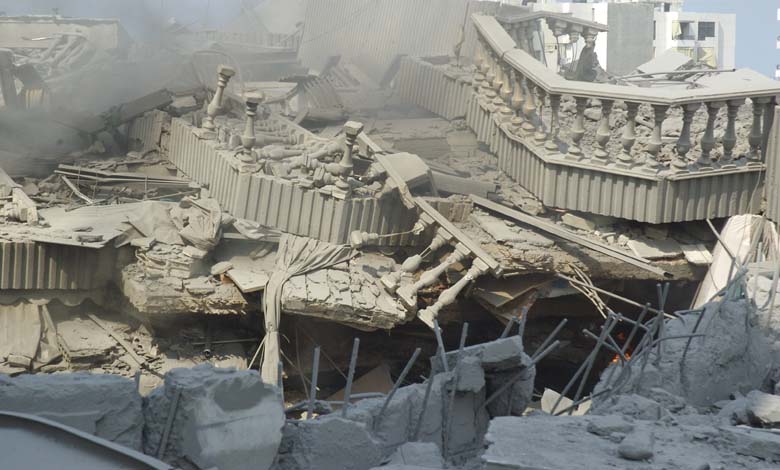
A study conducted by the American newspaper The Washington Post, using satellite images, reveals that around a quarter of the buildings in 25 Lebanese municipalities near the Israeli border have suffered destruction or severe damage as of last Saturday, illustrating the massive impact of Israeli airstrikes and ground warfare against Hezbollah.
-
“Target Tel Aviv”: Hezbollah’s New “Qader 2” Ballistic Missile
-
One of them was a missile system commander… Israel kills Hezbollah leaders
Destruction of a Quarter of Southern Lebanon
The data shows that 5,868 buildings have been damaged or destroyed, including nearly half of the buildings in the Aita al-Shaab and Kfar Kila areas, the most affected. Analyses indicate that approximately 80% of this destruction has occurred since October 2, a day after Israel’s ground invasion began.
Relying on satellite images and analyses of radar data from Sentinel-1 satellites, as well as documented videos, the study reports that Israeli attacks have caused extensive destruction, including the demolition of at least nine religious sites. This analysis was conducted with the assistance of experts from the Graduate Center of the City University of New York and Oregon State University, enabling the newspaper to quantify and document the extent of the damage in southern Lebanon.
-
Disengagement from Gaza: Did Hezbollah accept in private what it publicly rejected?
-
Caesarea under Fire: Hezbollah Rockets Near Netanyahu’s Home
Israeli forces claim to be conducting “local and limited” military operations based on precise intelligence, aiming to allow approximately 60,000 displaced Israelis to return to their homes in the north and eliminate the threat posed by Hezbollah.
Israeli forces have stated they have uncovered Hezbollah’s offensive infrastructure, including a vast network of tunnels and arsenals along the border.
-
Hezbollah Engages in Violent Clashes with Israeli Army near Border
-
The Role of Hashem Safi al-Din in Hezbollah: Is He Considered the Second in Command After Nasrallah?
Expansion of the War
According to the newspaper, the expansion of the war has led to the displacement of around one-fifth of Lebanon’s population. The International Organization for Migration (IOM) reports that more than 834,000 people have been internally displaced, mostly from southern Lebanon, since the intensification of military operations between Israel and Hezbollah.
Although Israeli Prime Minister Benjamin Netanyahu sent a message to the Lebanese people last month, saying, “Israel’s war is not against you, but against Hezbollah,” experts highlight that the extent of destruction in the south points to a campaign aimed at systematically evacuating the area, making it difficult for many residents to return to their homes after the fighting ends.
-
The Sole Survivor of Hezbollah’s Leadership: Who Is Abou Ali Reza?
-
A $7 Million Bounty on Its Leader: What Is Hezbollah’s Most Dangerous Unit, “The Shadow Unit”?
Lebanese Identity at Risk
The newspaper stresses that the southern villages of Lebanon are part of the country’s historical fabric, with lives, traditions, and customs deeply tied to the land, and olive and tobacco fields stretching along the border. Amidst the ongoing conflict, some believe that this war threatens the cultural ties of the inhabitants to their regions.
Hisham Younes, director of the association Khudoriyoun Janoubiyoun, states that “this systematic destruction threatens not only livelihoods but also the cultural identity of the region.”
-
Hezbollah Faces Two Choices After Nasrallah’s Assassination: Crushing Retaliation or Defeat
-
Gaza Setback and the Success of Israeli Spies: An Analysis of Hezbollah Infiltration
He explains that the military campaign could lead to the destruction of the bond between people and their land.
In the village of Kfar Kila, one of the first places Israeli forces entered, around 46% of buildings have been destroyed or heavily damaged, resulting in the devastation of thriving markets and olive fields.
Scenes from Kfar Kila show unprecedented destruction, according to local residents.
Videos posted on social media depict a series of coordinated explosions in at least 11 villages. In Aita al-Shaab, buildings were destroyed amid clouds of dust and debris, while other images show the Israeli flag raised over a town reduced to rubble.
-
Israel Considers Ceasefire with Hezbollah While Continuing Escalation
-
Israel Urges Lebanese Citizens to Immediately Move Away from Hezbollah Sites
Targeting of Heritage Sites
According to the American newspaper, since the beginning of the invasion, Israeli forces have shown little regard for avoiding religious sites.
Documented videos in the village of Ramiyah show the destruction of the mosque in a coordinated explosion. Other footage shows a mosque in the village of Dahrah collapsing after being targeted by Israeli soldiers.
War law specialist lawyer Sarah Harrison states that cultural buildings, such as mosques, are afforded special protection under international law, unless they are used for military purposes.


